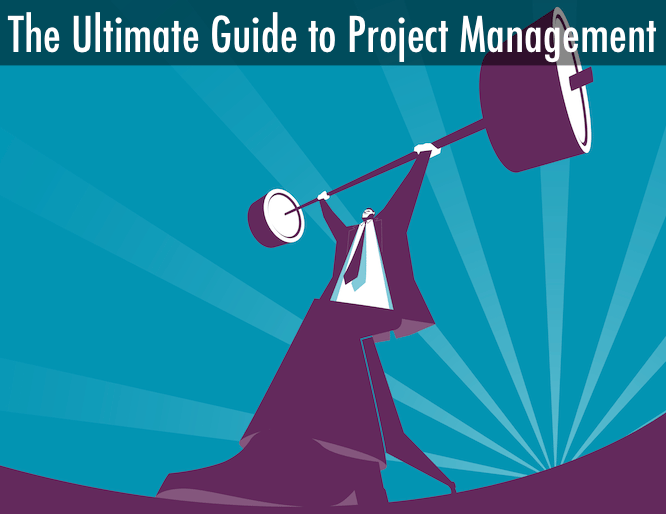Key takeaways:
- What is a project management audit? This is a formal evaluation of a project against specific criteria like quality, performance, and adherence to the statement of work, typically conducted by an external party.
- Why are audits important? They ensure adherence to PM standards, identify project issues, and improve future performance, while also focusing on risk management and ROI.
- What should a project audit checklist include? Key elements are the audit mission statement, project audit criteria, execution procedures, and reporting procedures.
- How is the audit process executed? It involves mapping the process, collecting data, summarizing findings, presenting to stakeholders, and creating an action plan for improvements.
- How can Wrike facilitate audits? Wrike provides centralized tools and data for managing projects, making the audit process simpler and more effective.
If there’s one word that can strike fear into the heart of any working professional, it’s “audit.” With synonyms like “scrutinize,” “investigate,” and “inspect,” it makes sense that most people are averse to the idea of an audit — and project managers are no different.
Despite those negative connotations, the truth is that audits can be extremely valuable for improving performance, streamlining procedures, and increasing efficiencies across organizations and within project teams. That’s why we’re looking at project management audits and breaking down PM audit procedures to help you get the most out of the process.
What is a project management audit?
First, let’s get a clear understanding of what a project management audit is. A project management audit is a formal review that seeks to evaluate a given project based on specific criteria. Examples of these can include project quality, performance, and adherence to the statement of work.
Audits are different from standard project reviews in that they are conducted by a party external to the immediate project team and chain of command. Typically, a designated audit department, a steering committee, or some other third party auditor carries out the project audit.
Why are project management audits important?
Like every good project, the goal of a project audit should be clearly defined at the outset. From a macro level, project audits are conducted to ensure PM standards are being met, identify underlying causes of project hiccups and failures, and, ultimately, improve future project performance and outcomes. Those objectives are relevant and important to any organization, regardless of mission or purpose.
Aside from examining how well a project adhered to the statement of work, an audit will seek to determine a project’s overall value as measured by return on investment (ROI). Risk management is another major focus of project audits. Projects must often comply with industry-specific regulations and guidelines, and an audit will uncover areas that could potentially expose the organization to risk of non-compliance.
How to gather a project management audit checklist
Now that we understand exactly what a project management audit is and why it’s so important, let’s look at the nuts and bolts of conducting one. To start with, you’ll need to gather your project audit checklist.
Here’s a look at a few of the key elements your project management audit checklist should include:
- Audit goals/mission statement
Just like a project, a project audit must have a stated mission or set of goals it seeks to achieve. The audit mission statement may also include a summary of the auditing party, its authority, and the specific type of audit to be conducted. - Project audit criteria
Auditing criteria refers not only to the standards by which a project will be measured, but also the factors by which the project was chosen to be audited in the first place. For instance, a verification audit is often pre-planned and uses established criteria to select projects for review. Problem response audits, on the other hand, are typically necessitated by a struggling or failing project. The triggering criteria will shape the scope and mission of the audit. - Execution procedures
Your project audit checklist should also include the methods and procedures by which the audit will be carried out. These can include interviews with project team members and stakeholders, reviews of documents or other project artifacts, and questionnaires — among other techniques. - Reporting procedures
Finally, you’ll want to be clear about the audit reporting procedures. Informing all vested parties about the way in which audit results will be reported and used within the organization will go a long way in easing tensions and reducing the perceived threat of a dreaded audit.
What happens during the project management audit process?
From an execution standpoint, a project management audit doesn’t differ greatly from any other project. Once you’ve mapped out the process and finalized your checklist, it’s time to do the actual work of carrying out the audit.
Next, you’ll want to compile and summarize all the data you’ve found into a succinct executive summary. From there, the results will be presented to all stakeholders and project members. Finally, use the data to develop an action plan to refine processes and improve deficiencies uncovered in the audit.
Of course, conducting a project audit is much easier when you have a centralized project management system that houses and organizes all the pertinent information from every project your team has undertaken. With Wrike, you’ll have the tools and the data at your disposal to carry out robust project audits.
Want to see for yourself how much simpler project management — and project audits — can be with Wrike? Sign up below to start a free two-week trial today!









